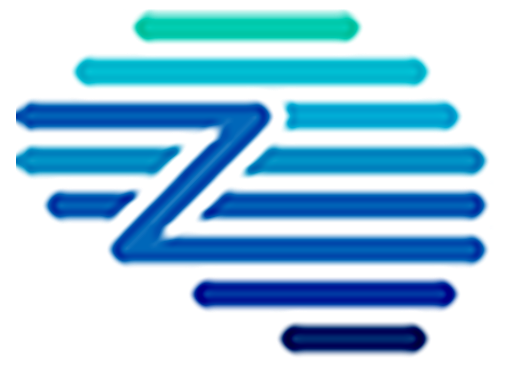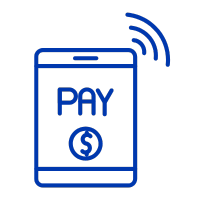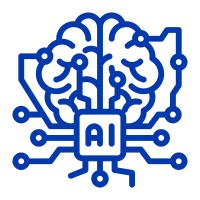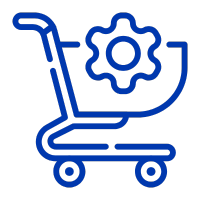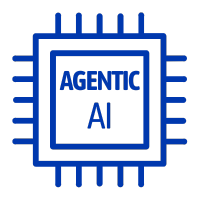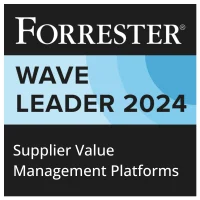AI in Procurement (S2P) refers to the application of artificial intelligence technologies within the Source-to-Pay process to enhance and automate procurement activities. It involves using AI-driven tools like intelligent agents and machine learning algorithms to streamline sourcing, contract management, spend analytics, and supplier risk assessments. This integration aims to increase efficiency, reduce manual effort, optimize negotiation outcomes, ensure compliance, and enable strategic decision-making in procurement operations.
Key Benefits
-Enhanced Spend Analytics: AI-driven spend analytics systems provide real-time insights and uncover hidden inefficiencies, helping procurement leaders identify savings opportunities by analyzing complex spend data more efficiently than manual methods.
-Autonomous Negotiation: AI agents optimize procurement negotiations by using historical data and market trends, automating the negotiation process to secure better terms and reduce manual intervention in supplier negotiations.
-Supplier Risk Management: AI continuously monitors supplier performance, financial stability, and geopolitical factors, allowing procurement teams to proactively mitigate risks and ensure continuity in supply chains.
-Real-Time Decision Support: AI tools accelerate decision-making by automating routine tasks and providing real-time insights into procurement processes, which allows organizations to react quickly to changing circumstances and make more accurate high-impact decisions.
-Process Optimization and Efficiency: By automating repetitive tasks within the procurement lifecycle, AI enhances efficiency, reduces the procurement cycle from days to minutes, and allows teams to focus more on strategic decision-making rather than operational tasks.
Related Terms
-Enhanced Spend Analytics: AI-driven spend analytics systems provide real-time insights and uncover hidden inefficiencies, helping procurement leaders identify savings opportunities by analyzing complex spend data more efficiently than manual methods.
-Autonomous Negotiation: AI agents optimize procurement negotiations by using historical data and market trends, automating the negotiation process to secure better terms and reduce manual intervention in supplier negotiations.
-Supplier Risk Management: AI continuously monitors supplier performance, financial stability, and geopolitical factors, allowing procurement teams to proactively mitigate risks and ensure continuity in supply chains.
-Real-Time Decision Support: AI tools accelerate decision-making by automating routine tasks and providing real-time insights into procurement processes, which allows organizations to react quickly to changing circumstances and make more accurate high-impact decisions.
-Process Optimization and Efficiency: By automating repetitive tasks within the procurement lifecycle, AI enhances efficiency, reduces the procurement cycle from days to minutes, and allows teams to focus more on strategic decision-making rather than operational tasks.
References
Here are 3 Zycus resources related to AI in Procurement (S2P):
White Papers
Master the UK Procurement Act 2023: Ensure Compliance & Drive Procurement Excellence

Filter by
Compliant Invoicing
Compliant Invoicing refers to the process of generating, submitting, and managing invoices in adherence with legal, regulatory, and contractual requirements.
Continuity Plan
A Continuity Plan is an organized set of policies and procedures designed to ensure that a company’s essential operations can
Cost Modeling
Cost Modeling in procurement refers to the analysis and estimation of the total cost of ownership of a product or
Contract Audit
Contract Audit is a systematic evaluation of agreements and related documentation to ensure compliance with contractual terms, identify discrepancies, and
Procurement Cycle
The Procurement Cycle refers to the end-to-end process through which an organization identifies its needs, sources suppliers, negotiates contracts, places
Procurement Master Data Management
Procurement Master Data Management is the disciplined approach to managing core, consistent procurement information, including supplier, product, and contract data,

